Where is the tachometer in the washing machine
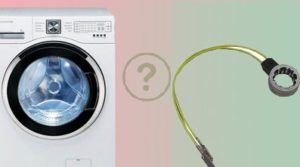 If "symptoms" of a malfunction of the tachogenerator of the automatic machine are detected, it is urgent to check the element. To diagnose the sensor, you need to understand in which part of the washer it is to look for it and how it looks. We will figure out where the tachometer is located, what is the essence of its work, what is this part.
If "symptoms" of a malfunction of the tachogenerator of the automatic machine are detected, it is urgent to check the element. To diagnose the sensor, you need to understand in which part of the washer it is to look for it and how it looks. We will figure out where the tachometer is located, what is the essence of its work, what is this part.
In a typewriter engine
Understanding what type of engine is installed in your washing machine is easy. If when removing the back wall of the unit body you will see a friction wheel (pulley), on which the drive belt is pulled, then the machine is equipped with a collector motor. If inspecting the back of the device you will not find a pulley or a drive belt, then your automatic machine has an inverter motor. Owners of a washing machine with a collector engine need to look for a Hall sensor directly on the motor shaft.
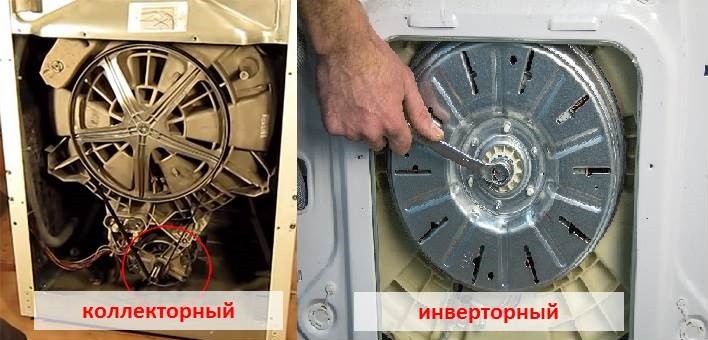
The tachometer is located either directly on the shaft or very close to it. Its location will depend on the model of the washing machine, the type of sensor and the design as a whole. Carefully inspect the shaft and the areas around it. The element connecting the wires connecting it is certainly directed to the element. Thanks to the cables connected to the tachogenerator via a chip, it is possible to accurately determine the desired part.
In a typewriter with an inverter motor
Where is the Hall sensor in this type of washing machine? It is located inside the electric motor. However, such an arrangement will not prevent you from freely approaching the element. The sequence of actions will be as follows:
- remove the back wall of the unit body by unscrewing the bolts holding it. On some models of washing machines, the top cover may interfere with this, in which case it will have to be removed;
- Inspect the inverter motor cover. It is located on the cross of the rear wall of the drum;
- loosen the locking center nut and carefully remove the motor cover.
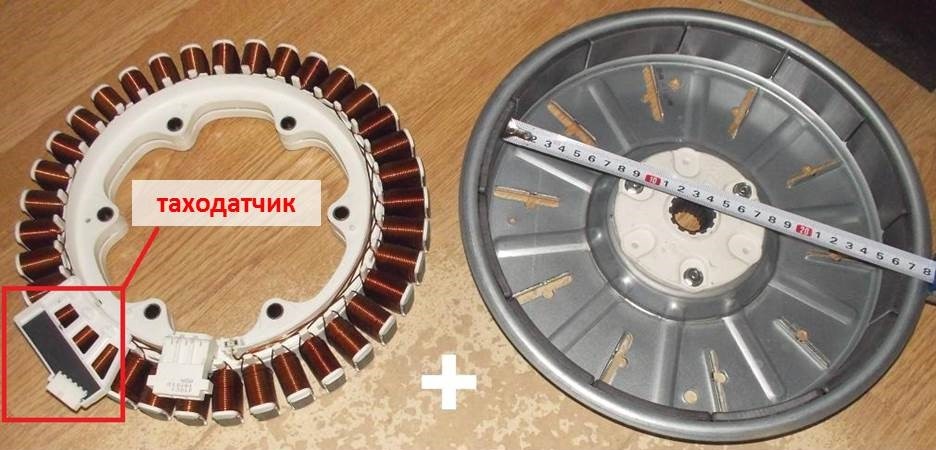
Having removed the cover, you will see a tachometer. Once the location of this part is determined, you can proceed to diagnostic measures.
How to check this item?
In order to diagnose the tachogenerator, it is not necessary to remove the element from the landing site. However, the motor of the washing machine will have to be removed from the housing. The first step is to disconnect the wiring leading to it, then discard the drive belt and unscrew all the bolts holding the engine. After that, the electric motor is removed from the unit.
To check the Hall sensor, you will need a special device - a multimeter. The tachogenerator wires must be disconnected from the connector, after - calculate the resistance on them. Put the tester in resistance measurement mode, attach the test leads to the sensor contacts. A working tachogenerator will give a resistance value of about 60 ohms.
To understand that the tachometer conducts current when the motor is running, set the multimeter to voltage detection mode. Gently scroll the engine by hand, while measuring the voltage at the terminals of the tachogenerator, it should increase. When the motor is running, the voltage should be about 0.2 V.
If the diagnostics with a multimeter did not reveal any defects in the operation of the element, check whether the sensor mounting bolt is well tightened. If the fixing bolt is loosened, the part may “wedge”. If the bolt is not fully tightened, tighten it.
Sometimes the matter may be contacts that have departed from the element. Carefully check all the wiring supplying the Hall sensor, make sure that they are connected correctly.
In the case when the tachogenerator did not pass the test by the tester and proved its inoperability, it will have to be replaced. Damage to the Hall sensor most often occurs due to overloading the washing machine. Therefore, to extend the life of the part, strictly control the mass of laundry loaded into the drum.
How to deliver a new part?
To replace the tachometer of the washing machine, you will have to remove it from the seat. To begin, disconnect the part connectors. They can be freely removed, and can be slightly fixed in the general block. In the second case, it is necessary to pull out the connectors carefully using a thin screwdriver.
Then you should unfasten the cover of the tachogenerator, which usually just snaps into place. In some models, the washer cover can be attached with several bolts that will have to be unscrewed. After removing the cover, it is necessary to unscrew the bolts securing the Hall sensor itself and remove it.
The new tachogenerator is installed in the same place in the reverse order. It is important to correctly connect the wires supplying the part. In order not to get confused with the wiring diagram, before disassembling, it is desirable to photograph the initial connection of the contacts and then recreate the one captured in the picture.
How does the sensor work?
It is important to understand what role the tachogenerator plays in the washing machine system. The sensor is made in the form of a ring on which there are wires. When the motor is in the tacho, due to the magnetic field, voltage appears. The nominal value of the generated voltage is directly related to the speed of the motor - the faster the engine spins, the stronger the voltage that appears in the ring.
The tachogenerator allows you to accurately determine the speed of rotation of the electric motor of the washing machine.
It is for monitoring the speed of the motor that the Hall sensor is designed. The principle of operation of the element is as follows. For example, the engine begins to rotate harder to provide a spin set by the user. So, the engine needs to accelerate to 800 revolutions per minute. The control unit immediately transmits a signal to the motor to increase speed, but at what point to stop gaining speed? It is the tachogenerator, which measures the number of revolutions of the engine, when the specified operating parameters occur, which will give the signal to the control unit to stop accelerating the electric motor of the washing machine.
Interesting:
Reader Comments
- Share your opinion - leave a comment
Headings
Washing machine repair


For buyers
For users

Dishwasher


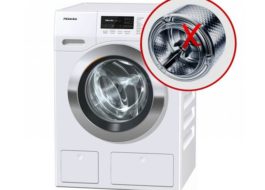


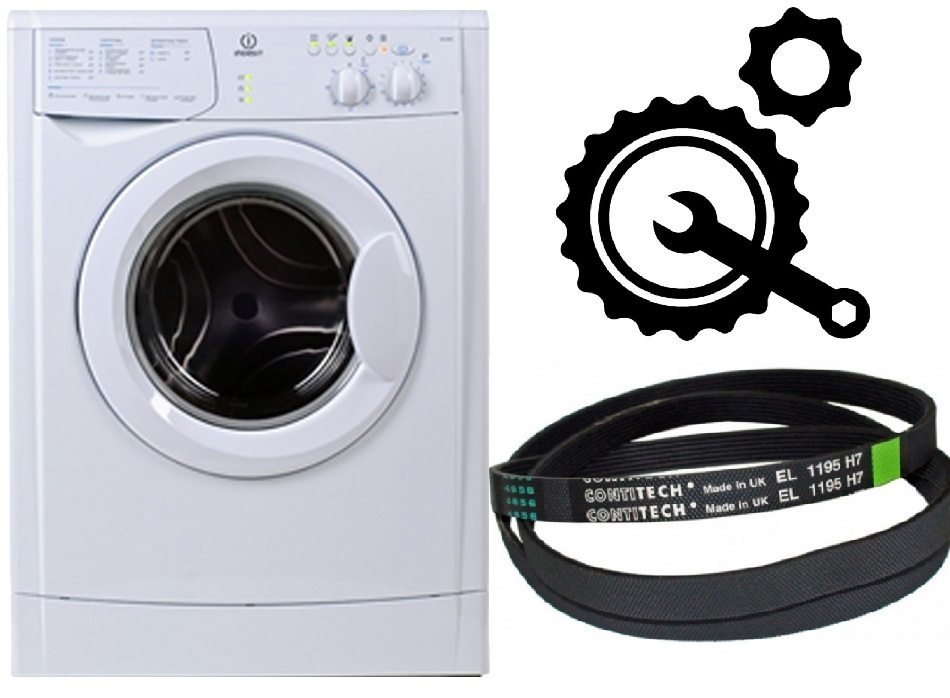
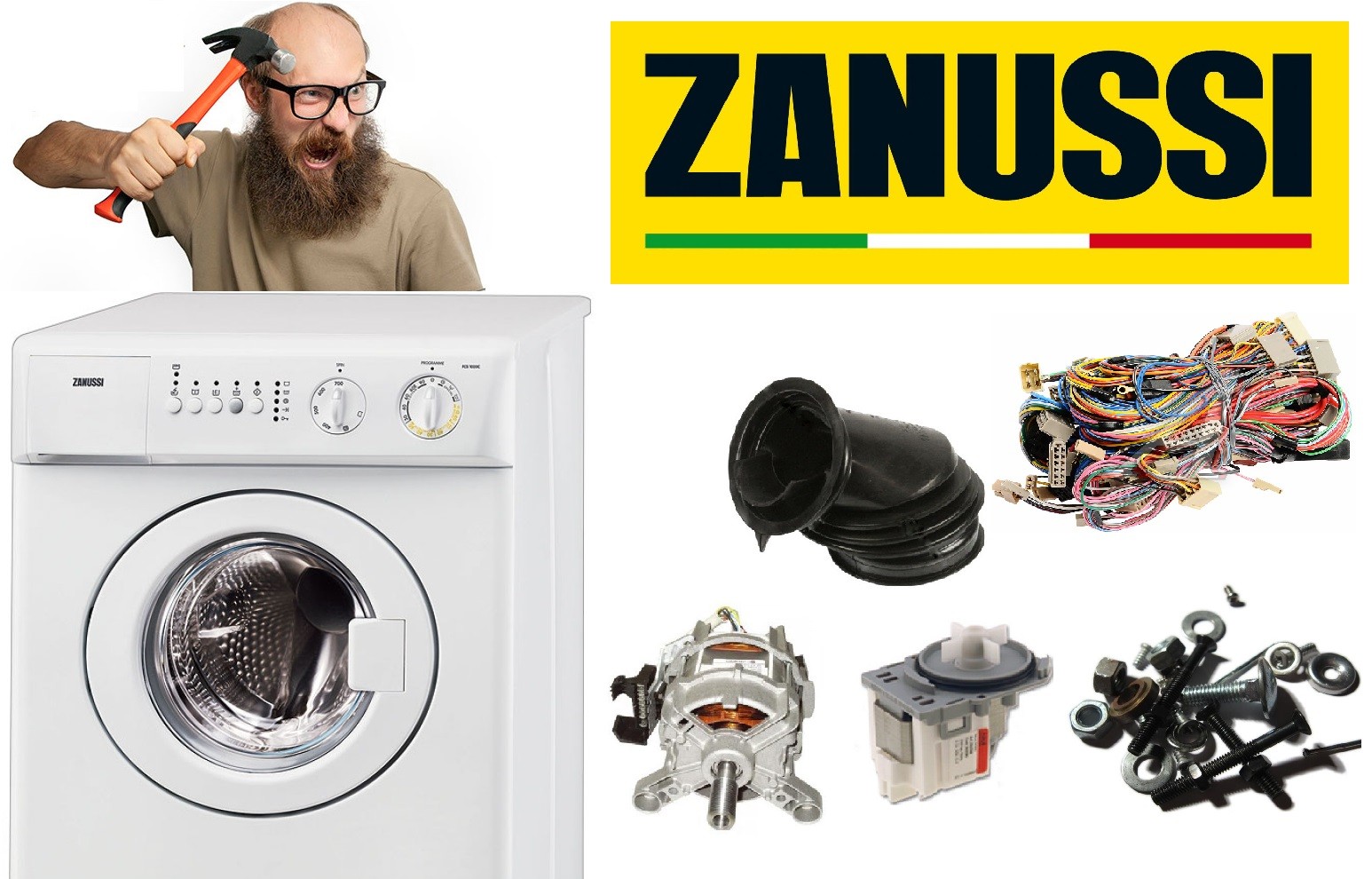











Add a comment